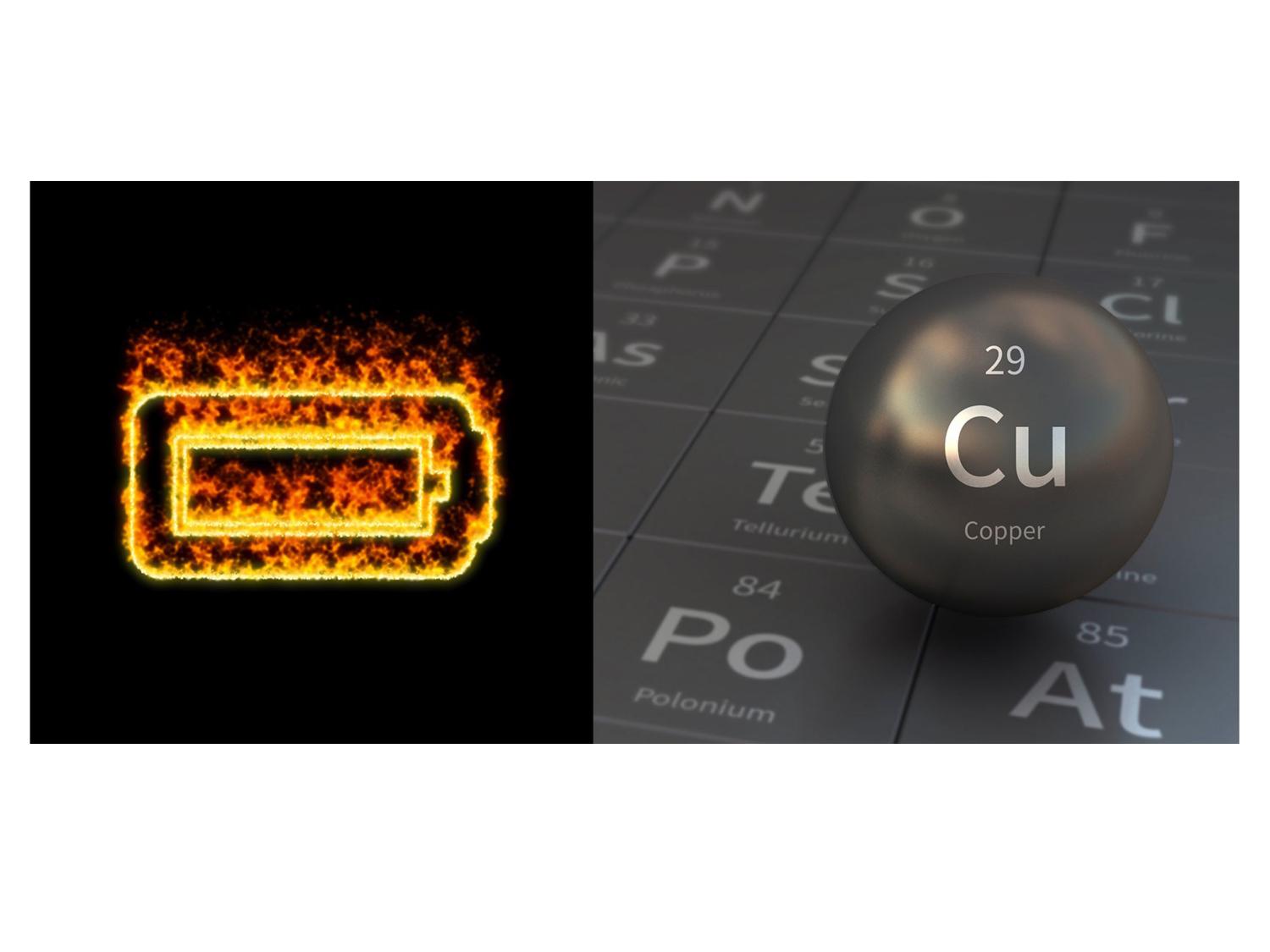2022-07-11 カリフォルニア大学バークレー校(UCB)

If a star (red trail) wanders too close to a black hole (left), it can be shredded, or spaghettified, by the intense gravity. Some of the star’s matter swirls around the black hole, like water down a drain, emitting copious X-rays (blue). Recent studies of these so-called tidal disruption events suggest that a significant fraction of the star’s gas is also blown outward by intense winds from the black hole, in some cases creating a cloud that obscures the accretion disk and the high-energy events happening within. (Image credit: NASA/CXC/M. Weiss)
2019年10月8日の彼らの観測によると、この星の物質の多くは、秒速1万キロメートルという高速で吹き飛ばされ、球状のガス雲を形成し、ブラックホールが星の残りを食い尽くす際に生じる高エネルギー放射の大部分を遮ったことが示唆された。
AT2019qizと呼ばれるこの爆発からの光学的な光の観測により、この星の物質の多くが強力な風となって外部に放出されたことが明らかになりました。
今回の観測で得られた光の偏光は、可視光や可視光で最も明るいときにゼロとなり、この雲が球対称であった可能性が高いことがわかりました。これは、潮汐により拡散した星の周りのガス雲の形状を推定した初めての例です。
<関連情報>
- https://news.berkeley.edu/2022/07/11/the-ultimate-fate-of-a-star-shredded-by-a-black-hole/
- https://academic.oup.com/mnras/advance-article-abstract/doi/10.1093/mnras/stac1727/6617652
潮汐破壊現象AT2019qizのスペクトロポラリメトリー:準球状再処理層 Spectropolarimetry of the tidal disruption event AT 2019qiz: a quasispherical reprocessing layer
Kishore C Patra, Wenbin Lu, Thomas G Brink, Yi Yang, Alexei V Filippenko, Sergiy S Vasylyev
Monthly Notices of the Royal Astronomical Society Published:24 June 2022
DOI:https://doi.org/10.1093/mnras/stac1727
Abstract
We present optical spectropolarimetry of the tidal disruption event (TDE) AT 2019qiz on days +0 and +29 relative to maximum brightness. Continuum polarization, which informs the shape of the electron-scattering surface, was found to be consistent with 0 per cent at peak brightness. On day +29, the continuum polarization rose to ∼1 per cent, making this the first reported spectropolarimetric evolution of a TDE. These findings are incompatible with a naked eccentric disc that lacks significant mass outflow. Instead, the spectropolarimetry paints a picture wherein, at maximum brightness, high-frequency emission from the accretion disc is reprocessed into the optical band by a nearly spherical, optically thick, electron-scattering photosphere located far away from the black hole. We estimate the radius of the scattering photosphere to be ∼100au at maximum brightness — significantly larger than the tidal radius (∼1au∼1au) and the thermalisation radius (∼30au∼30au) where the optical continuum is formed. A month later, as the fallback rate drops and the scattering photosphere recedes, the continuum polarization increases, revealing a moderately aspherical interior. We also see evidence for smaller-scale density variations in the scattering photosphere, inferred from the scatter of the data in the Stokes q − u plane. On day +29, the Hα emission-line peak is depolarized to ∼0.3 per cent (compared to ∼1 per cent continuum polarization), and displays a gradual rise toward the line’s redder wavelengths. This observation indicates the Hα line formed near the electron-scattering radius.



